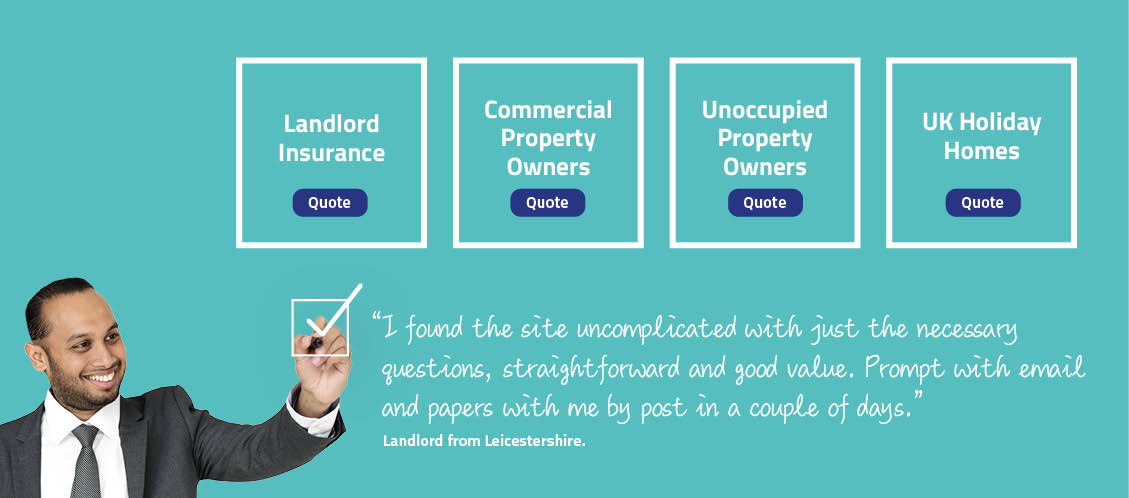Landlord’s insurance (also known as buy to let or let property insurance) is something a landlord should begin to think about when purchasing a property with the intention to let it.
If you fail to purchase landlord’s insurance, you are putting yourself at unnecessary financial risk, which could result in disastrous repercussions.
Also, if you have a mortgage on the property, then typically you will be legally obliged to ensure you have (at the very least) adequate landlords buildings insurance in order to protect both your and your mortgage provider’s financial interest.
Many landlords will mistakenly be under the impression that their standard household insurance still covers the property if rented out and they do not require landlords insurance. This is wrong and having the most appropriate let property cover insurance in place is required.
Our cover
With Cover4LetProperty’s landlord insurance cover there are two options available for the buildings and contents. The first being landlord’s insurance standard buildings cover for a rented property.
The second is landlords buildings and landlords contents cover (the latter being required if perhaps your investment is part-furnished or there are communal areas).
Either way, we can help.
Liability insurance
Property owner’s liability comes as standard with all of our landlord insurance policies. This would cover you for example, when a tenant may hold you liable for an injury which was caused within / by your property.
Without this cover, if someone should make a claim against you for loss or injury, then if the case goes to court and your tenant is awarded compensation, you will need to find this money yourself. And with court sums running in to hundreds of thousands of pounds in some circumstances, this could see you in huge financial difficulty.
Rebuild costs
When purchasing landlord insurance you will need to insure it for the reinstatement or rebuild value. The most accurate way of doing this is to have to have a structural survey undertaken. The rebuild or reinstatement value for landlord insurance should typically take into account the following aspects:
- clearing the site;
- surveyor costs;
- architect costs;
- complying with government and local authority requirements;
- miscellaneous fees.
The Royal Institute of Chartered Surveyors (RICS) also has a rebuilding cost calculator that is free to use.
Index-linked cover
All of our landlord insurance policies are index-linked each year on the information from the Association of British Insurers (ABI). The Financial Conduct Authority (FCA) regulates all of the British Insurers and requires insurers to provide key facts or a policy summary for any insurance policy available. All of our landlord’s insurance policies have individual key facts and policy wordings for each insurer. These are available at request and our landlord insurance team Cover4 Let Property is happy to deal with any queries you may have.








